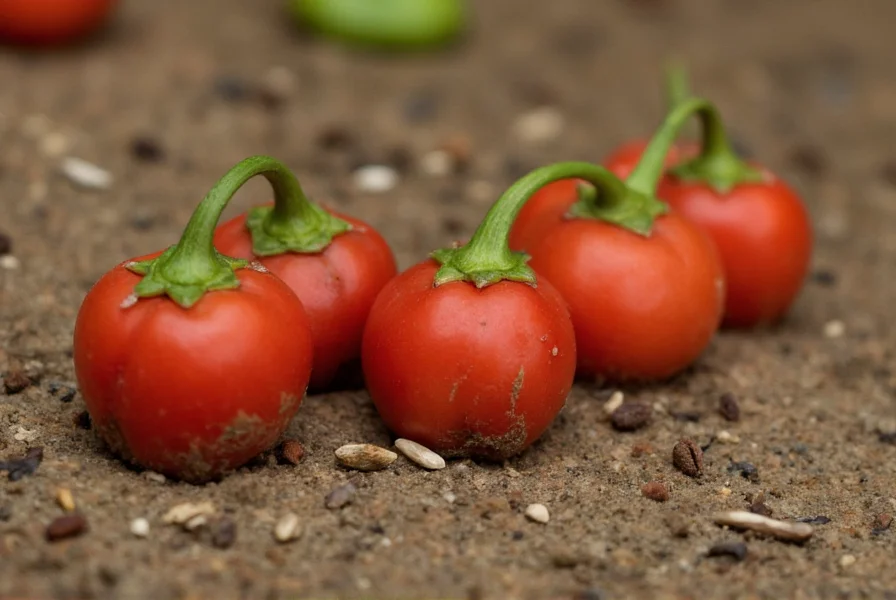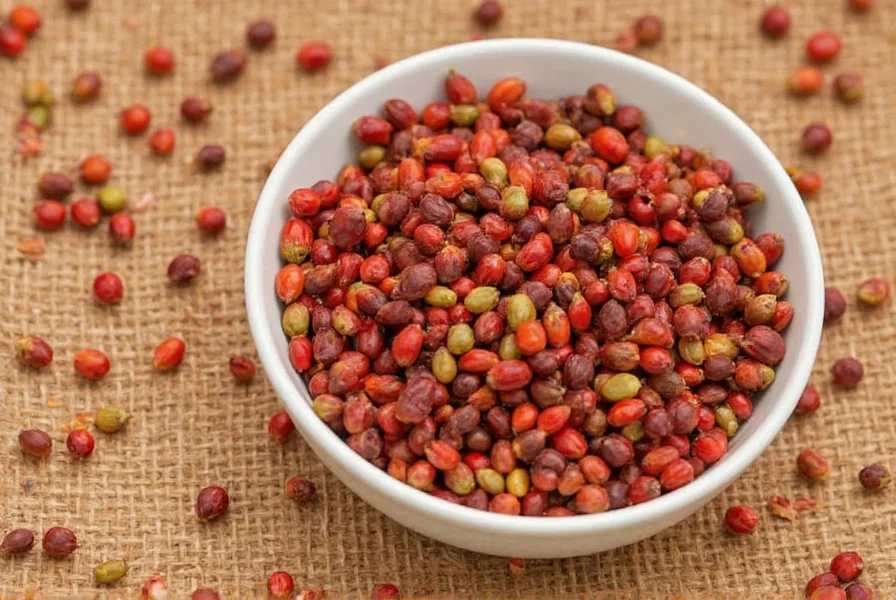The Complete Guide to Growing Peppers from Seed
Growing peppers from seed gives gardeners access to unique varieties unavailable at nurseries while offering cost savings over purchasing seedlings. Whether you're cultivating sweet bell peppers for salads or fiery habaneros for hot sauce, understanding proper seed handling techniques significantly increases your success rate.Understanding Pepper Seed Varieties
Pepper varieties fall into two main categories with distinct seed characteristics:
| Pepper Type | Seed Characteristics | Germination Time | Days to Maturity |
|---|---|---|---|
| Sweet Peppers (Bell, Pimento) | Lighter color, larger seeds | 10-14 days | 60-90 days |
| Hot Peppers (Jalapeño, Habanero) | Darker color, smaller seeds | 14-21 days | 80-120 days |
| Specialty Peppers (Shishito, Fish) | Varies by variety | 7-18 days | 70-100 days |
Hot pepper seeds often contain capsaicin that can cause skin irritation—always wear gloves when handling them directly. Sweet pepper seeds generally germinate faster but require similar growing conditions to their spicy counterparts.
Optimal Timing for Starting Pepper Seeds
The best time to start pepper seeds indoors depends on your climate zone and last expected frost date. Most gardeners begin seeds 8-10 weeks before their area's last frost. In USDA zones 3-5, start seeds in late February through March. Warmer zones (7-10) can begin in January or February.
Capsicum annuum varieties (bell peppers, jalapeños) need 14-16 weeks of growing time before producing fruit, while slower-maturing varieties like habaneros (Capsicum chinense) require 18-20 weeks. Starting too early leads to leggy plants while starting too late reduces harvest potential.
Step-by-Step Germination Process
Follow these science-backed steps for successful pepper seed germination:
- Seed selection: Use fresh seeds (less than 2 years old) for highest viability. Older seeds show significantly reduced germination rates.
- Pre-soaking: Soak seeds in room-temperature water for 2-4 hours to soften the seed coat (optional but helpful for older seeds).
- Planting medium: Use sterile seed starting mix in cells or pots with drainage holes. Avoid garden soil which may contain pathogens.
- Sowing depth: Plant seeds 1/4 inch deep—deeper planting inhibits germination.
- Temperature control: Maintain consistent 75-85°F soil temperature using a heat mat. Below 70°F, germination slows dramatically.
- Moisture management: Keep medium consistently moist but not soggy. Use a spray bottle to avoid disturbing seeds.

Common Germination Challenges and Solutions
Many gardeners struggle with slow pepper seed germination due to suboptimal conditions. Understanding these common issues improves success rates:
- Damping off: This fungal disease causes seedlings to collapse at soil level. Prevent with sterile medium, proper air circulation, and avoiding overwatering.
- Leggy seedlings: Caused by insufficient light. Provide 14-16 hours of bright light daily using grow lights positioned 2-4 inches above plants.
- Failure to germinate: Check soil temperature—pepper seeds won't sprout below 60°F. Older seeds may have viability below 50%.
- Uneven germination: Hot pepper varieties often germinate slower than sweet peppers. Be patient—some seeds may take 3 weeks.
Transplanting and Ongoing Care
Once seedlings develop their second set of true leaves, begin the hardening-off process. Gradually expose plants to outdoor conditions over 7-10 days before transplanting. When transplanting pepper seedlings outdoors, wait until soil temperatures consistently reach 65°F at 4-inch depth.
Peppers thrive in warm conditions with these requirements:
- Full sun (6-8 hours daily)
- Well-draining soil with pH 6.2-7.0
- Consistent moisture (1-2 inches weekly)
- Warm nighttime temperatures (above 55°F)

Harvesting and Saving Seeds
For harvesting pepper seeds for planting next season, select fully mature, disease-free fruits. Cut open ripe peppers, scrape seeds onto a paper towel, and air-dry for 1-2 weeks in a well-ventilated area. Store dried seeds in labeled envelopes in a cool, dark place.
Properly stored pepper seeds maintain viability for 2-3 years. Test older seeds by placing 10 on a damp paper towel in a sealed container at 80°F—count sprouted seeds after 14 days to determine viability percentage.
Frequently Asked Questions
How deep should I plant pepper seeds?
Plant pepper seeds 1/4 inch deep in seed starting mix. Deeper planting inhibits germination as pepper seeds need light contact to sprout effectively. Cover lightly with mix and mist with water to maintain moisture without disturbing the seeds.
Why aren't my pepper seeds germinating?
Pepper seeds require warm soil temperatures (70-85°F) for germination. Common reasons for failure include soil temperatures below 65°F, old seeds with low viability, overly wet conditions causing rot, or planting too deep. Use a heat mat and fresh seeds for best results, and be patient as some hot pepper varieties take up to 21 days to sprout.
Can I grow peppers from store-bought pepper seeds?
Yes, but with limitations. Most commercial bell peppers are hybrids, so their seeds may not produce identical plants. Heirloom varieties from farmers' markets work better for seed saving. Hot peppers like jalapeños often grow true from seed. Always use fully ripe peppers for seed collection, as immature seeds have lower viability.
How long do pepper seeds last in storage?
Properly stored pepper seeds maintain good viability for 2-3 years. Store dried seeds in airtight containers in a cool, dark place (ideal conditions: 40°F and 20-30% humidity). After three years, germination rates typically decline to 50% or less. Test older seeds with a paper towel germination test before planting.
What's the ideal temperature for pepper seed germination?
The optimal soil temperature for pepper seed germination is 75-85°F. Below 70°F, germination slows significantly and becomes unreliable under 60°F. Using a seedling heat mat maintains consistent warmth from below, which dramatically improves germination rates compared to ambient air temperature alone.











 浙公网安备
33010002000092号
浙公网安备
33010002000092号 浙B2-20120091-4
浙B2-20120091-4